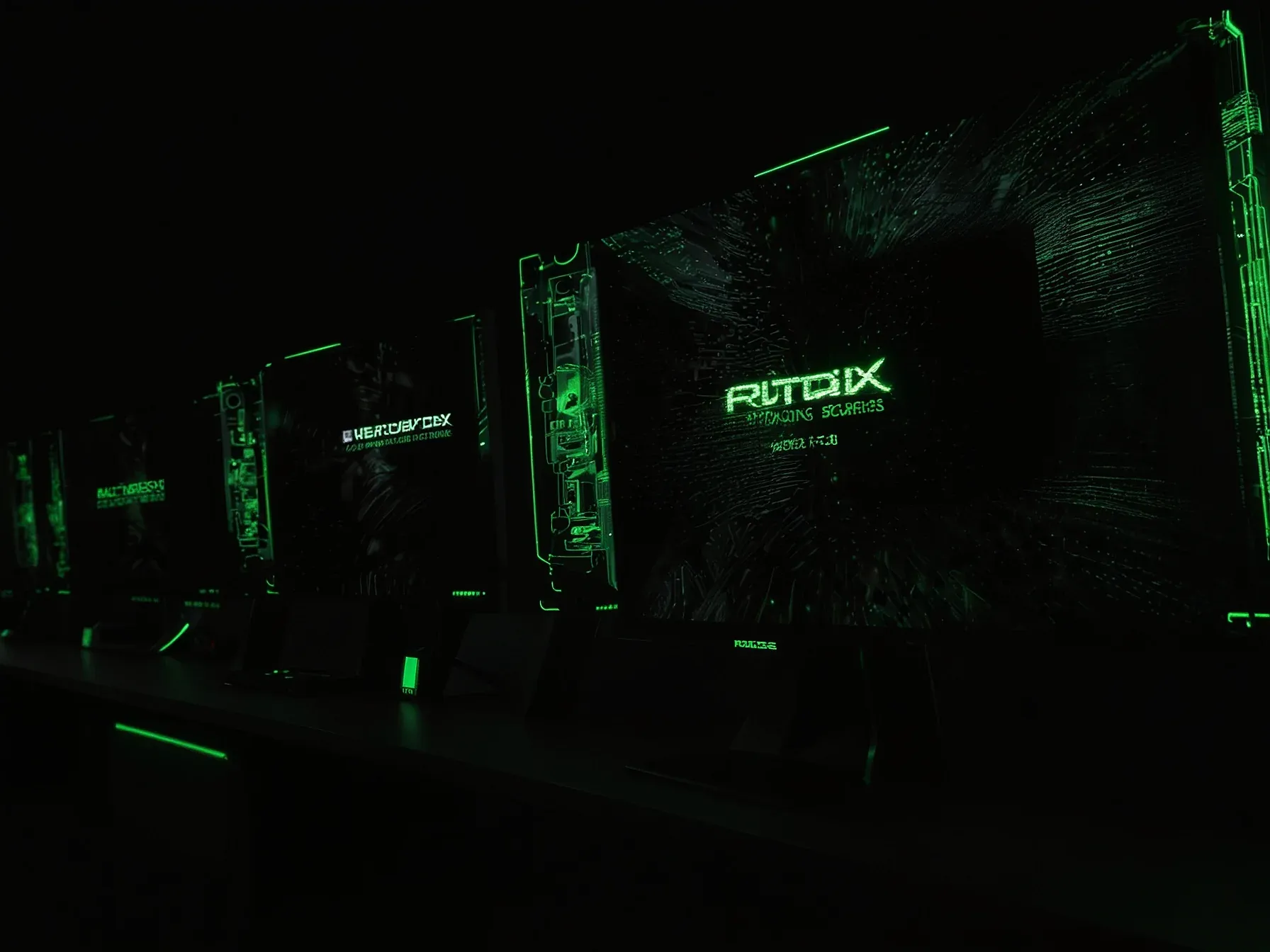
LinkedIn scales AI people search to 1.3 B users, lifts non‑degree hires 10%
LinkedIn has taken its AI‑driven recruiting tools from a niche experiment to a platform that now reaches 1.3 billion users worldwide. The rollout follows an earlier rollout of an AI Job Search feature that, according to VP of Product Engineering Erran Berger, made job seekers without a four‑year degree 10 percent more likely to land a role. While the new people‑search capability promises faster matches at scale, it also raises questions about how the lessons from that modest launch are being repurposed for a far broader audience.
Here’s the thing: LinkedIn isn’t just tweaking an algorithm; it’s re‑engineering the way talent is surfaced across its entire network. The company says the earlier success provided a blueprint—now being applied to a much larger challenge. “It’s …”
The success of its previously launched AI Job Search -- which led to job seekers without a four-year degree being 10% more likely to get hired, according to VP of Product Engineering Erran Berger -- provided the blueprint. Now, the company is applying that blueprint to a far larger challenge. "It's one thing to be able to do this across tens of millions of jobs," Berger told VentureBeat.
"It's another thing to do this across north of a billion members." For enterprise AI builders, LinkedIn's journey provides a technical playbook for what it actually takes to move from a successful pilot to a billion-user-scale product. The new challenge: a 1.3 billion-member graph The job search product created a robust recipe that the new people search product could build upon, Berger explained. The recipe started with with a "golden data set" of just a few hundred to a thousand real query-profile pairs, meticulously scored against a detailed 20- to 30-page "product policy" document.
To scale this for training, LinkedIn used this small golden set to prompt a large foundation model to generate a massive volume of synthetic training data.
Will LinkedIn's new AI people search live up to its promise? The rollout arrives after a three‑year gap since ChatGPT's debut and six months following the company's AI job search tool. That earlier tool reportedly made candidates without a four‑year degree 10 % more likely to be hired, according to VP Erran Berger.
By scaling the same blueprint to a user base of 1.3 billion, LinkedIn tackles a problem most enterprises shy away from. Deploying generative AI at that magnitude is described as a “slow, brutal” process, suggesting technical and operational hurdles remain. The company claims the feature will improve matching, yet concrete metrics beyond the hiring boost are not yet public.
Whether the search will meaningfully increase opportunities for non‑degree professionals across all regions is still unclear. In short, the initiative demonstrates ambition, but it's real‑world effectiveness will depend on how well LinkedIn navigates the scalability challenges it has openly acknowledged.
Further Reading
Common Questions Answered
How did LinkedIn's earlier AI Job Search feature impact non‑degree job seekers?
The AI Job Search tool increased the likelihood of candidates without a four‑year degree landing a role by 10 percent, according to VP of Product Engineering Erran Berger. This improvement demonstrated the effectiveness of AI‑driven matching for a traditionally underserved group.
What is the scale of LinkedIn's new AI people‑search capability?
LinkedIn's AI people search now serves roughly 1.3 billion users worldwide, extending the technology from tens of millions of jobs to a user base exceeding a billion members. This massive rollout marks one of the largest generative AI deployments in the recruiting sector.
Which executive provided the blueprint for scaling LinkedIn's AI recruiting tools?
VP of Product Engineering Erran Berger outlined the blueprint, noting that the success of the AI Job Search feature informed the approach for the broader AI people‑search rollout. He emphasized that replicating the earlier results at a much larger scale required careful engineering and data handling.
What challenges does LinkedIn face in delivering AI‑driven matches at a billion‑user scale?
Scaling generative AI to over a billion members involves handling massive data volumes, ensuring real‑time relevance, and maintaining privacy across diverse markets. LinkedIn must also address potential biases and keep the matching algorithms accurate as the user base grows exponentially.




